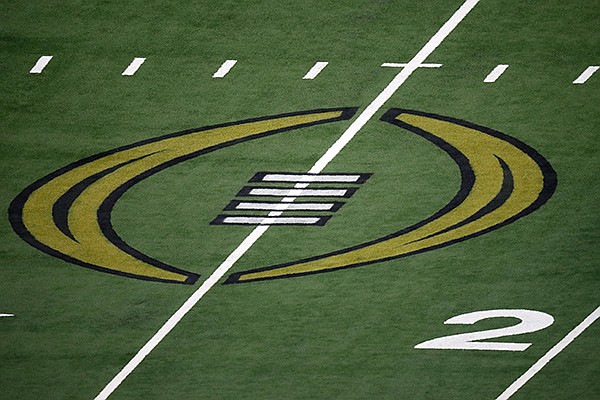With each passing of another pandemic day, we are a bit closer to not having college football in 2020. At least not as we know it.
Don’t shoot the messenger. It is just a fact that without immunization from COVID-19, life goes on as we know it now.
Which means people hoarding toilet paper which isn’t essential for those who get the coronavirus.
Seriously, not that an unnessary shortage of TP isn’t serious, last week the College Football Playoff committee met with Vice President Mike Pence by teleconference, and their was message was clear.
No students on campus. No college football on campus.
To do otherwise would make college football look like a training ground for the NFL, only without salaries for the players.
It was a bold stance, espcially since Pence’s boss, President Donald Trump, is in favor of having college football this fall.
Granted, it is still more than 4 1/2 months until the start of football season and a lot could happen.
There could be an immunization discovered and the world saved for now.
Until there is, get ready to learn a new sports phrase, “force majeure event.”
That means an unforseeable circumstance, such as a pandemic or a hurricane that kept Miami from playing at Arkansas State a few years ago.
Force majeure event is in the NBA’s Collective Bargaining Agreement, and next month NBA salaries will be reduced 25 percent.
Meanwhile, schools such as Michigan will be checking their contracts with schools like Arkansas State, which is supposed to visit Ann Arbor on Sept. 19 in exchange for almost $2 million.
ASU cannot afford to lose $2 million.
Nor can the University of Arkansas afford to pay Nevada, Charleston or Louisiana-Monroe if they don’t actually play.
Athletic directors all over the country are going to be scrambling.
Cancellation of football would cost the Razorbacks close to $10 million in revenue, and that’s just for home games.
Payouts to SEC schools have grown to more than $40 millon per year since the SEC Network was created.
How much is the SEC Network going to pay them if there are no games? Logic would say not much.
And there is still payroll that has to be made. That’s almost $6 million for the Razorback football staff alone, unless there is a force majeure event clause.
Washington State has announced its athletic director, football and basketball coaches are voluntarily taking a 5% pay cut.
Clemson’s Dabo Swinney, who reportedly made $9.3 million last season, took a private jet to a resort for spring break while everyone else worked from home.
There will be football this fall, but it will be the NFL, which is a business with locked-in TV contracts that pay the owners and thus the players tens of millions of dollars.
And the NFL’s ratings have been in a gradual slide the last couple of seasons that started when players started taking a knee during the national anthem.
College, though, is supposed to be education first, and to play games without students would make colleges a minor league for the NFL.
College football has no doubt changed and became a business. It used to be about Saturday afternoons and all students got in free. Parents used a lot of the remaining tickets.
Now it has a lot to do with donations, TV contracts, ticket sales and outrageous salaries, but the college football playoff committee made the right decision.
It is like Disney Chairman Bob Iger said, “It is about the data, not the date.”

